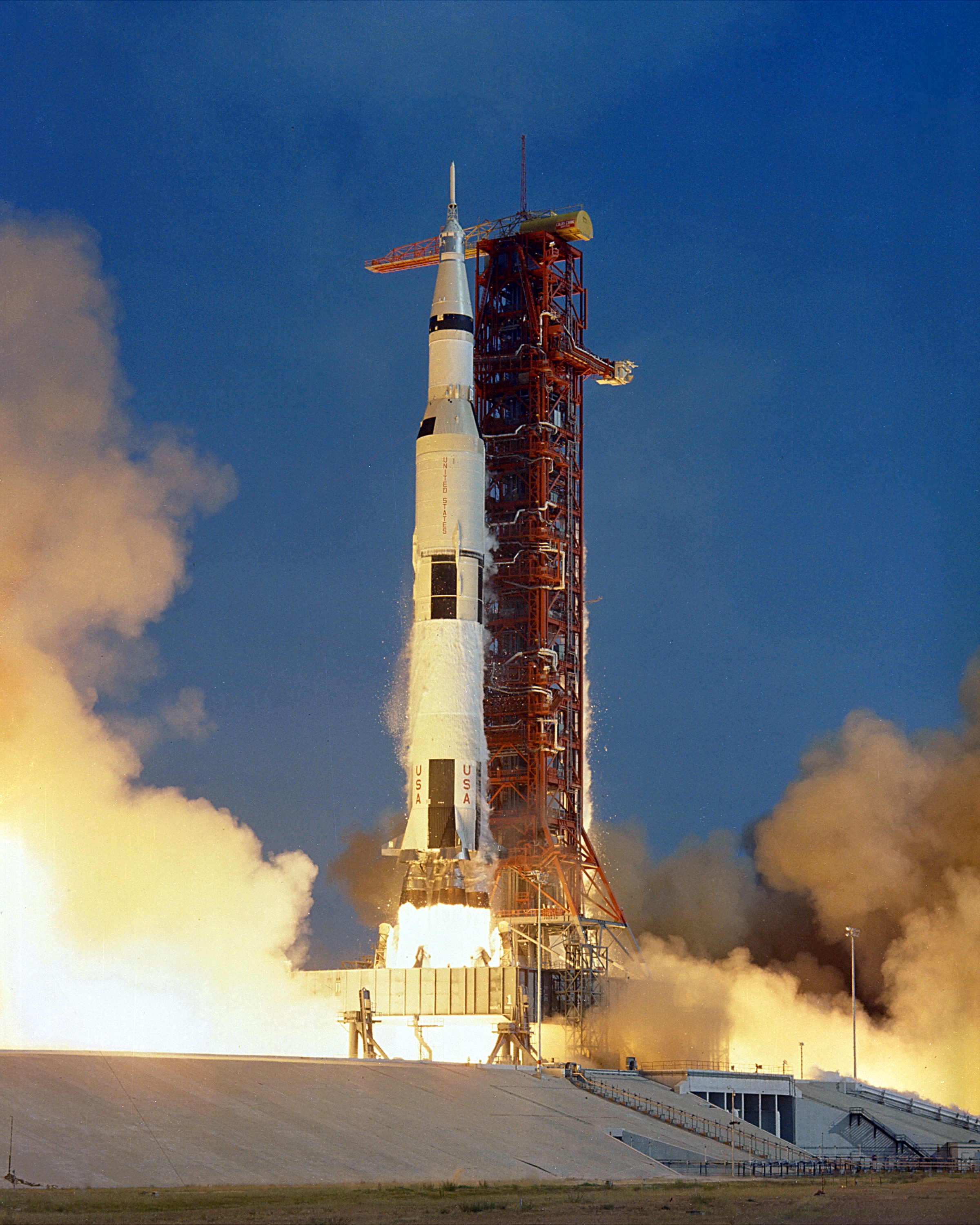Hello, Astro!
An astronaut cannot be suspended in space and not have God in his mind and his heart.
Countdown to the Stars
T-minus 15 seconds. Guidance is internal.
12, 11, 10, 9,
Ignition Sequence Start.
6, 5, 4, 3, 2, 1, 0.
All engine running.
And Lift-Off! We have a Lift-Off! 32 minutes past the hour. Lift-Off on Apollo 11! Tower Clear!


Space Missions Comparison Table
| Mission | Launch Date | Destination | Outcome |
|---|---|---|---|
| Sputnik 1 | 1957-10-04 | Low Earth Orbit | Success |
| Apollo 11 | 1969-07-16 | Moon | Success |
| Voyager 1 | 1977-09-05 | Interstellar | Active |
| Artemis I | 2022-11-16 | Lunar Orbit | Uncrewed Test |
Orbital Mechanics Formula
To stay in stable circular orbit, an object must have velocity:
Where:
- — gravitational constant,
- — mass of the central body,
- — radius of orbit.
Simple Orbital Velocity Calculator
import math
def orbital_velocity(mass_central_body, radius_orbit):
G = 6.67430e-11
return math.sqrt(G * mass_central_body / radius_orbit)
earth_mass = 5.972e24
earth_radius = 6371e3
altitude = 400e3
velocity = orbital_velocity(earth_mass, earth_radius + altitude)
print(f"Orbital velocity at 400km altitude: {velocity:.2f} m/s")Explore More
Keep Looking Up
Whether it’s the whisper of distant quasars or the silent arcs of satellites, the cosmos continues to inspire wonder, exploration, and unity. Stay curious.
neakyoxy